We owe virtually our entire catalogue of historical artifacts to the diligent army of restorers and conservators who beaver away behind the scenes to ensure that our share cultural history is preserved for the future. In fact, almost every piece of art or architecture from the medieval period has been restored or conserved over its lifetime: paintings will have been touched in a little as they degrade, buildings will have been rebuilt or repurposed. Without this careful maintenance, all we we would be left with are moth-eaten canvases and tumble-down ruins. So raise a glass to the restorers!
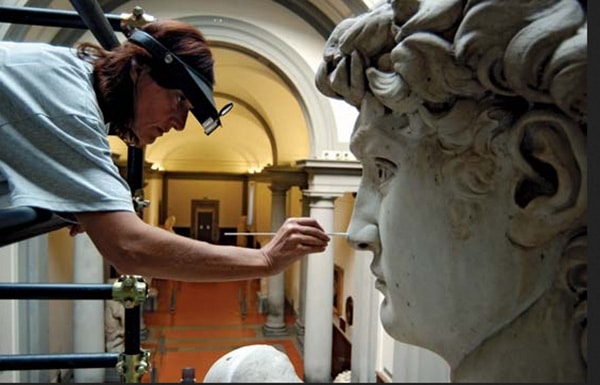
The restorer’s trade is a strange one, in that if they do their job well, nobody will ever notice. Sometimes, the best restorations are subtle and unobtrusive, enhancing what remains of the original, without being obnoxious. We’ll have a look at some of the best medieval restorations. But sometimes, things go horribly, hilariously wrong. Caused by well-meaning amateurism, we’ll also see some of the worst medieval restorations too.
Jan van Eyck’s Weird Sheep
Born in what was then the Spanish Netherlands some time before 1390 CE, the painter Jan van Eyck became the leading edge of the Northern Renaissance, which heralded the end of the Medieval period and the start of the Early Modern age, with its radical new ideas about art, architecture and philosophy. Van Eyck’s work is enormously respected in the international art world – and whilst most of it is groundbreaking and spectacular, some of it is a bit odd!
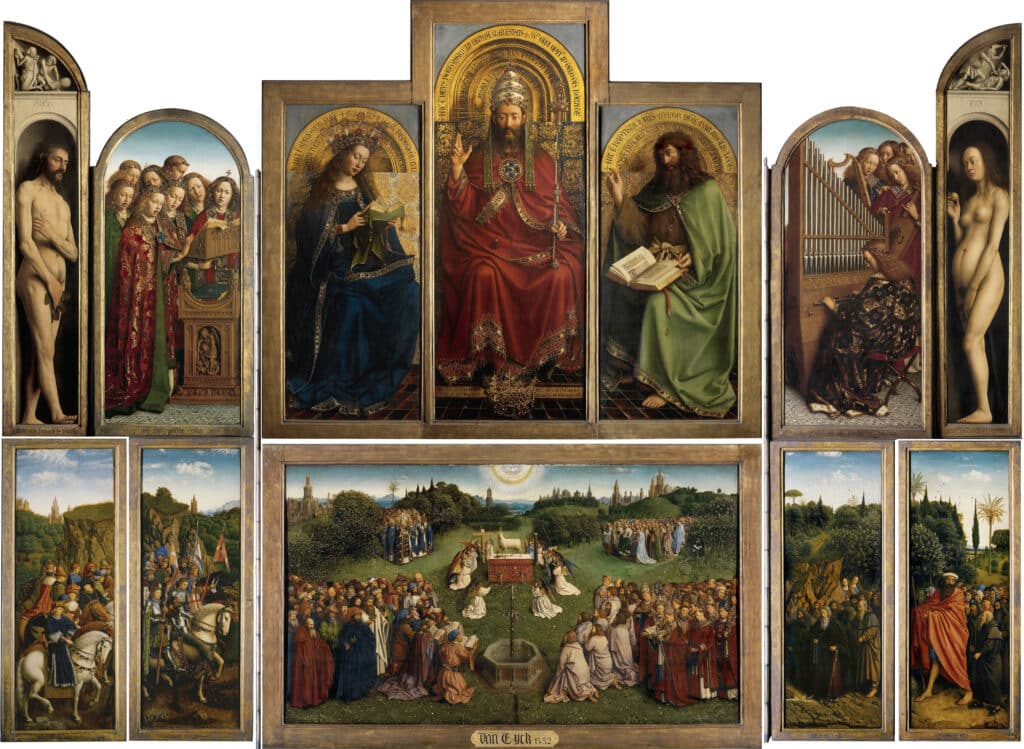
One such strange detail was discovered by conservators working on his magnum opus, the Ghent Altarpiece. Painted in the 1420s, it consists of twelve panels, depicting a whole panoply of biblical figures – and right in the center of the middle panel is the Lamb of God. The lamb, apparently painted in a naturalistic style, was heavily restored in the Victorian era – and when conservators at the Royal Institute for Cultural Heritage stripped off the old restoration work, a very different face was revealed! Van Eyck had originally depicted the lamb with strange, humanlike features! Rather than keeping the recent overpainting, conservators chose to restore van Eyck’s original intention. Bet the Victorian restorers would feel extremely sheepish for getting it wrong.

York Minster’s Mammoth East Window Restoration
Northern England’s York Minister is one of the finest Medieval buildings in the world, and it took more than 200 years to build: begun in about 1230 CE, it was only finished in 1472 CE. And its crowning glory is its stained-glass, large amounts of which date back to its construction. The enormous East Window is the largest expanse of Medieval stained glass in Britain, the size of a full tennis court, and it took only three years to be made – an incredible feat, considering the scale of the project and the basic technologies available to the artisans. Finished in 1408, it was the work of master glazier John Thornton and a very small team of master craftsmen
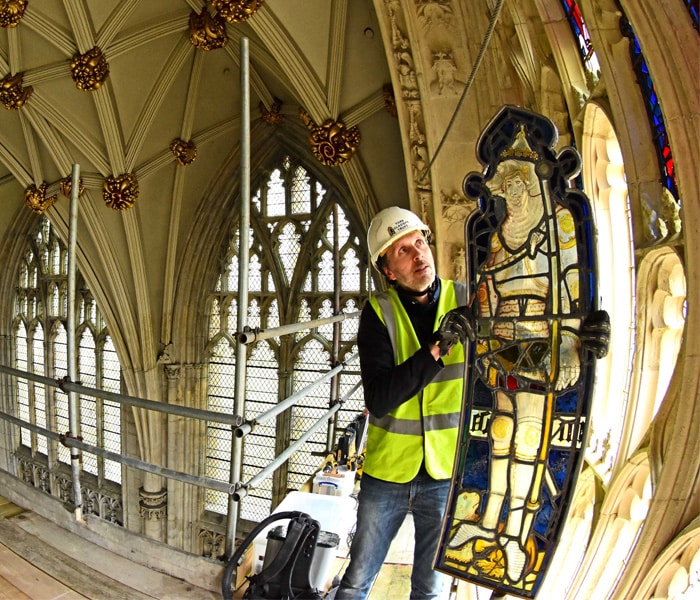
Having been haphazardly maintained until the Industrial era – it survived both its temporary removal during the Second World War to protect it from bombing, and a devastating fire in 1988 which gutted most of the building. The Minster embarked on full restoration of the whole window (all 311 of its leaded glass panes) in 2008. Raising over £11m for the project, the restoration of the East Window took twelve years to complete. Conservators, researchers, glaziers and stonemasons spent 92,400 hours of work to bring the window back to its former glory.
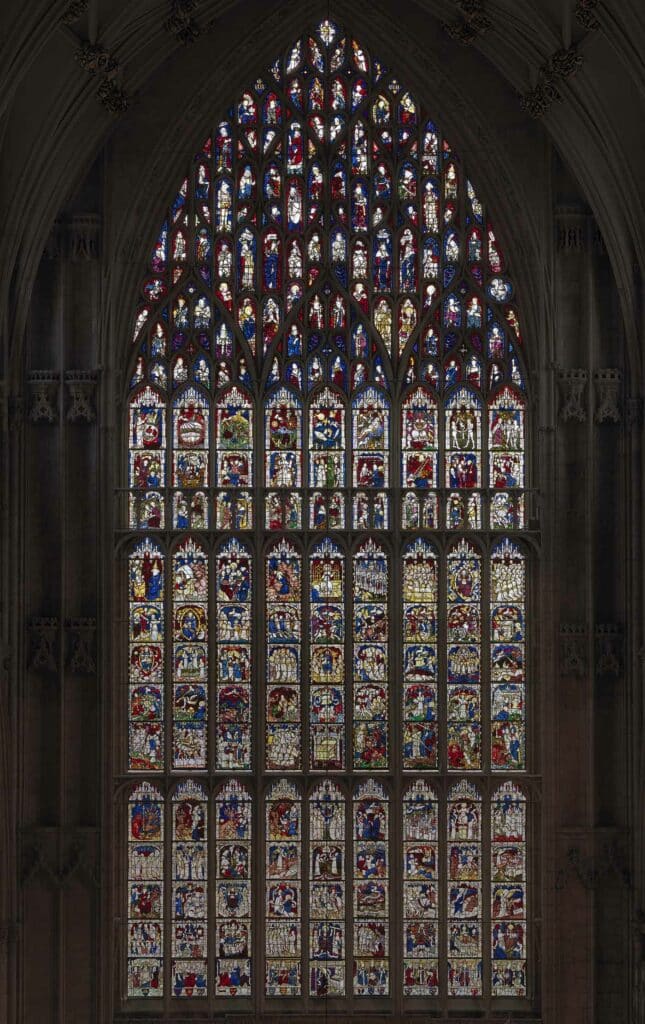
Tuscany’s Penis Tree Mystery
In beautiful Tuscany, a sleepy town called Massa Marittima was a thrumming metropolis in the 13th century. Becoming rich on its mines and its fertile countryside, the city threw off the influence of its Northern Italian rivals, and from about 1230 became a free state in its own right, entering a golden age. Around this time, a large communal font was built at a spring known locally as the Fountain of Abundance. To finish the place off and make it really stand out, a local artist painted an enormous mural of a tree on one wall – and not just any mural. The tree is festooned with dozens of penises!
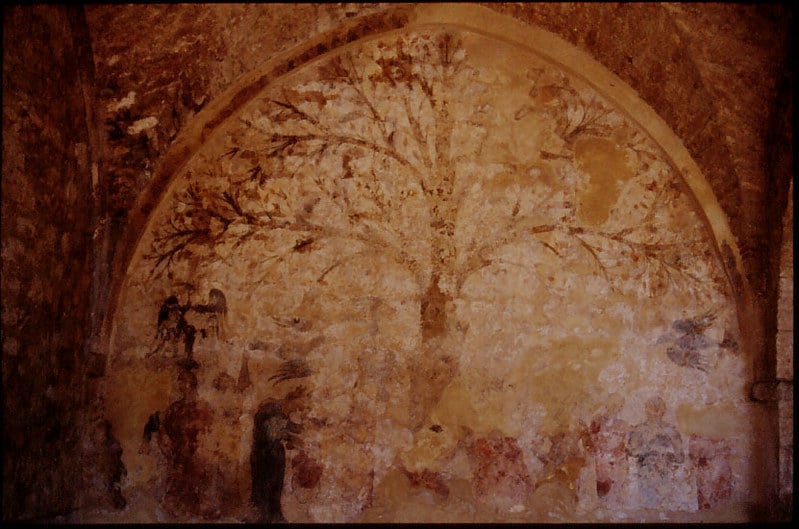
Rather than being a fertility mural, it was actually highly political: Medieval audiences would immediately understand that an unnatural occurrence such as penises growing on trees are a ‘bad’ sign – and the tree is shown alongside a flock of crows, the symbol of one of the political factions of the town. So think of it like a political cartoon: voting for the other guy is like a treeful of penises. But there’s little doubt that the art was a careful and considered work: it was large and clearly took some time to make.
The mural laid hidden for centuries, until it was uncovered by chance in building work undertaken in 1999. Although it was in a pretty terrible condition, the gist of the mural – a treeful of testicles – was pretty clear from the off, and the reaction of the townspeople was initially mixed. Some thought it entirely appropriate for a fertile spring, and others felt it was distasteful and pornographic. However, it was quickly adopted as a local feature – and the town council raised money for its full restoration in 2008.
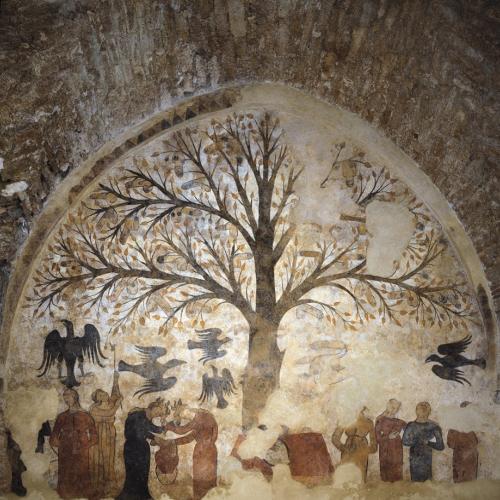
But the restoration was not as straightforward as one might hope. The restorers airbrushed out the penises, drawing arbitrary foliage over them, and leaving only ghostly impressions. The town has been notoriously tight-lipped about the botched restoration since – was this the final revenge of the ‘distasteful and pornographic’ brigade…?
Honorable Mention: Cookie Monster Jesus
Although it’s not a Medieval work, we can’t talk about botched restorations without mentioning Ecce Homo (‘Behold The Man’), the 1930s fresco of Jesus Christ that was spectacularly mis-restored by an amateur painter. A sober (hilarious) warning to leave restoration work to the professionals.
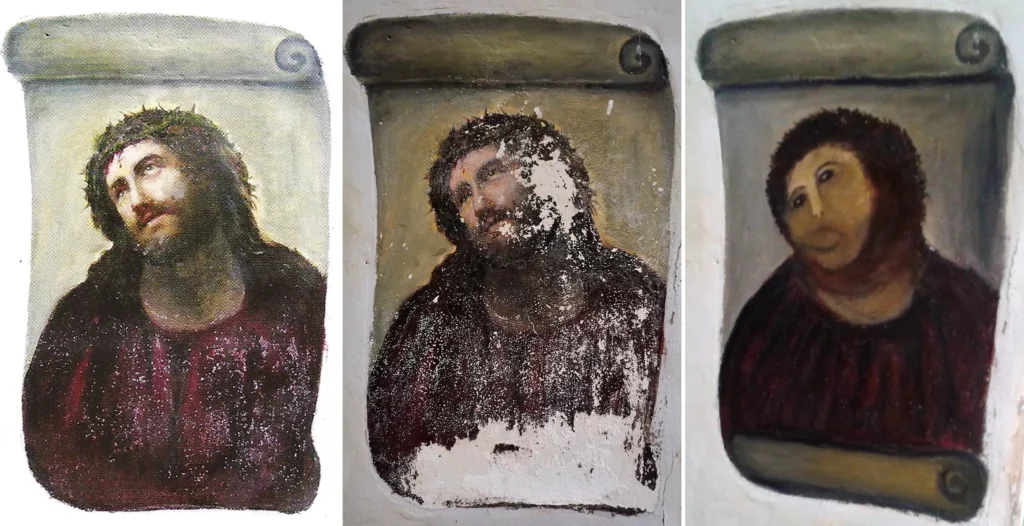
Ecco Homo by Elías García Martínez, original (left), damaged (center) and ‘restored’ by Cecilia Giménez (right), which, despite the restorer’s good intentions, has become a viral sensation for its unique interpretation of the original. (via New York Times)

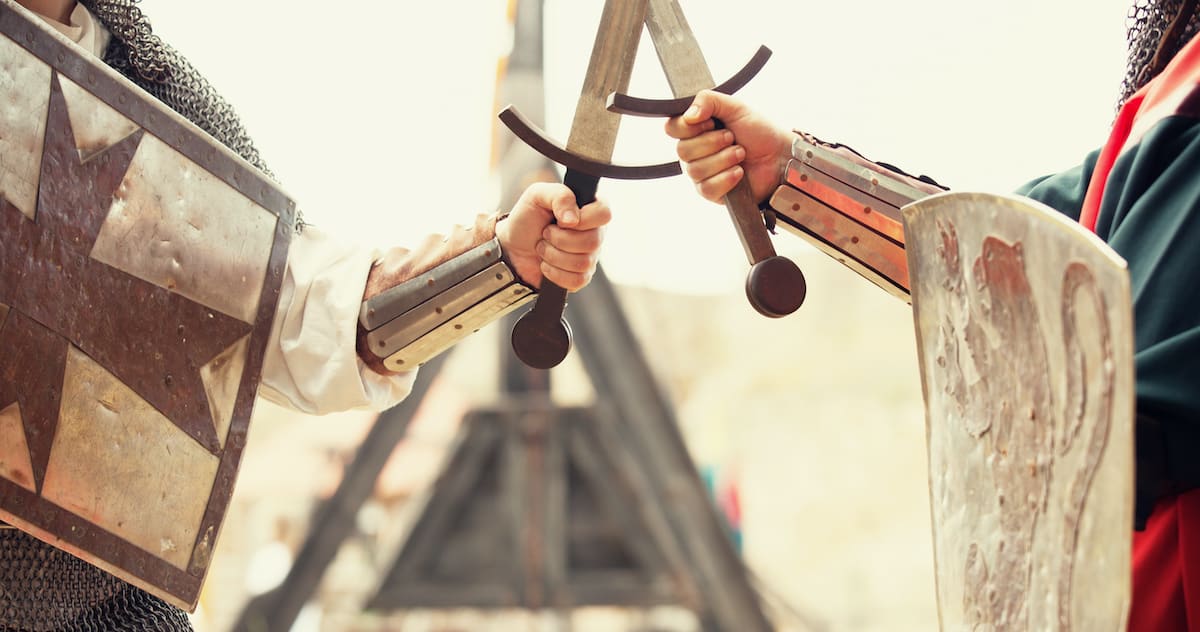 Historical Swords
Historical Swords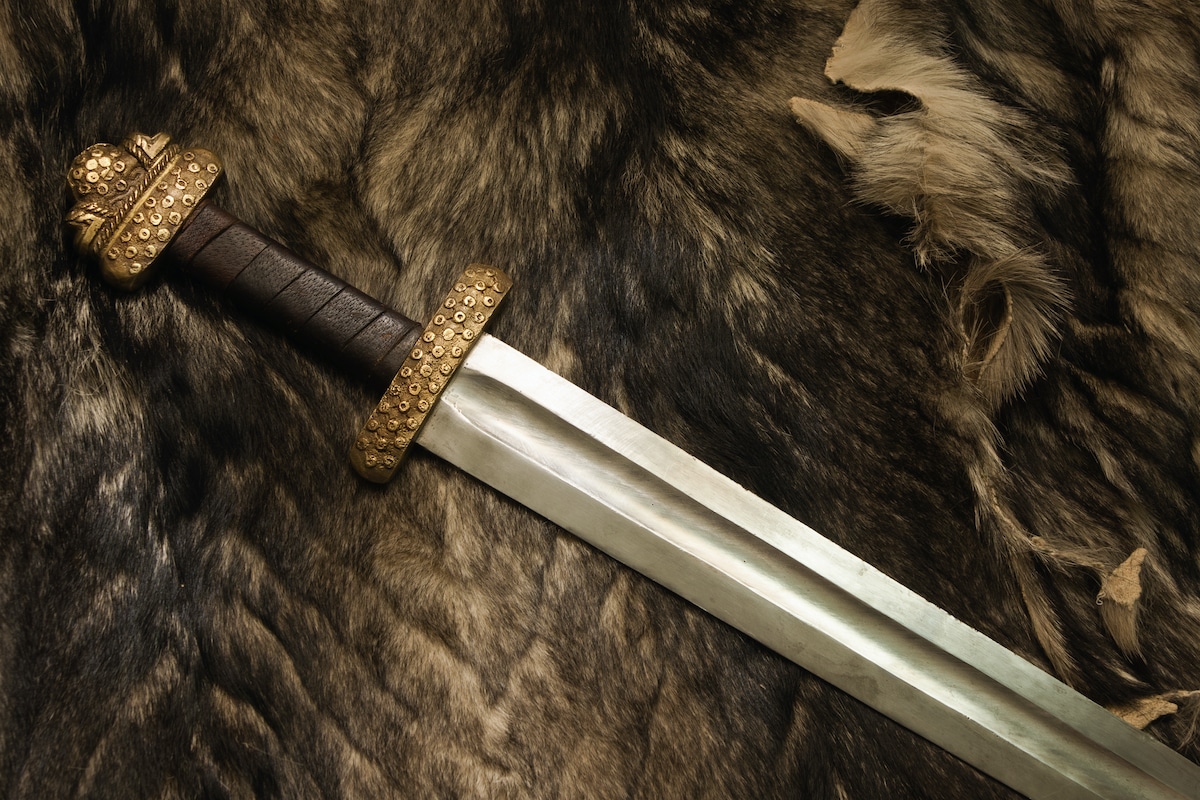 Norse & Viking Swords
Norse & Viking Swords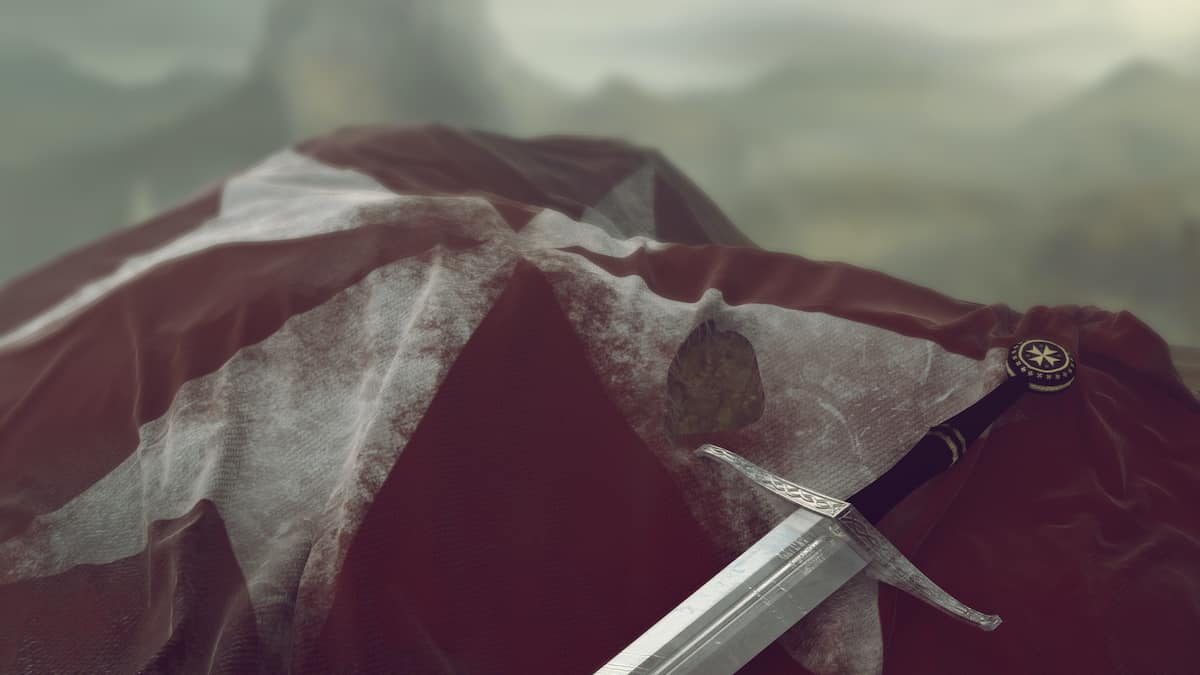 Templar Swords
Templar Swords Claymore Swords
Claymore Swords Fantasy Swords
Fantasy Swords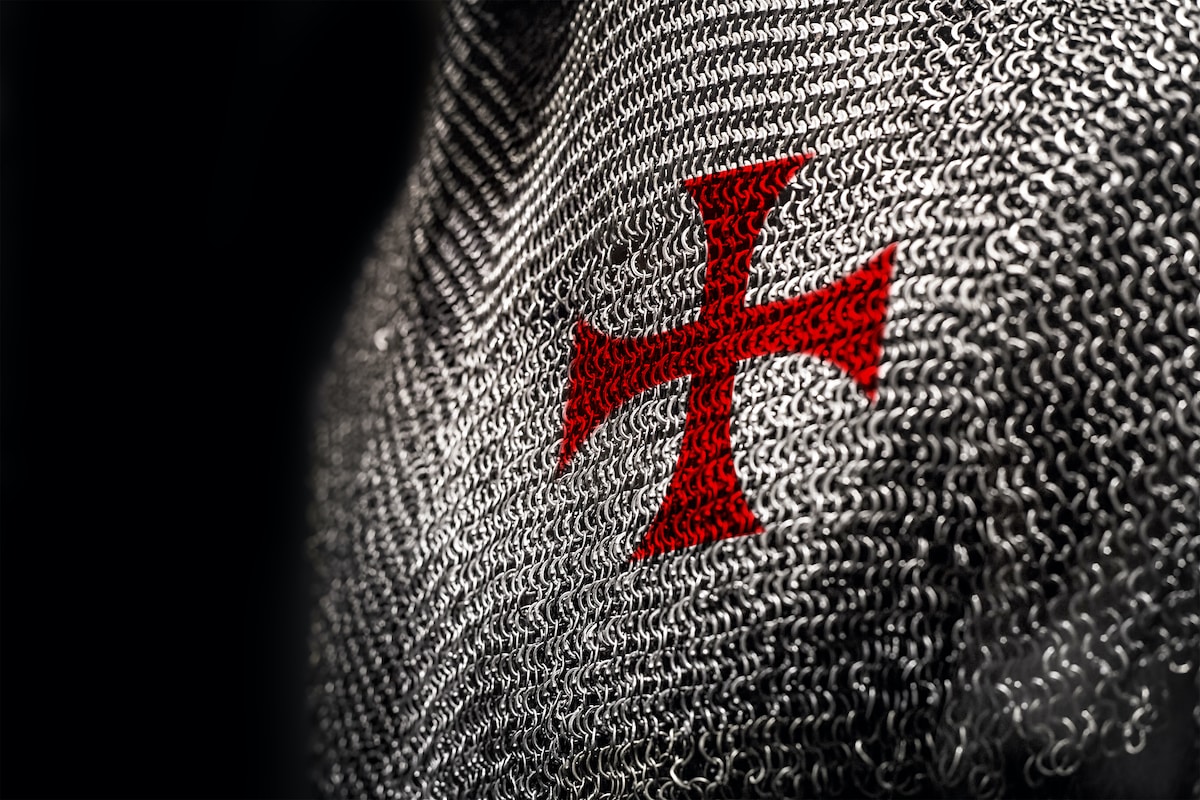 Chainmail
Chainmail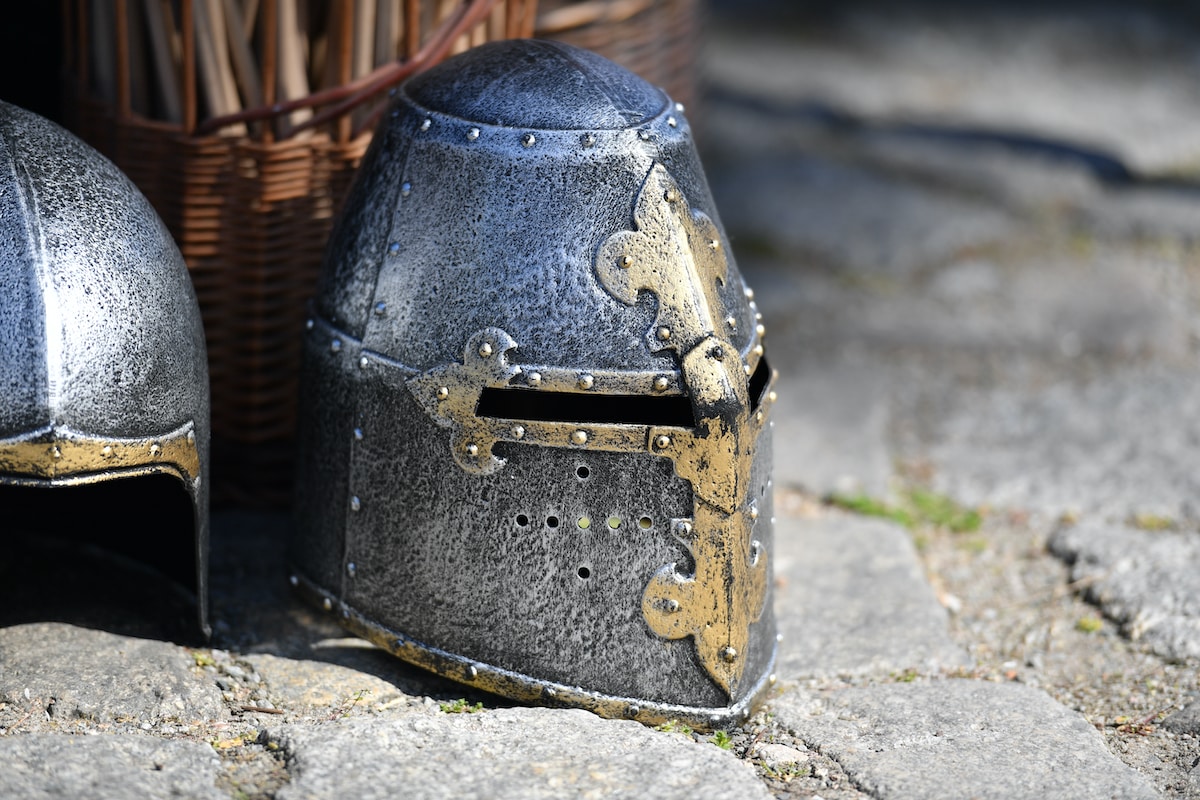 Helmets
Helmets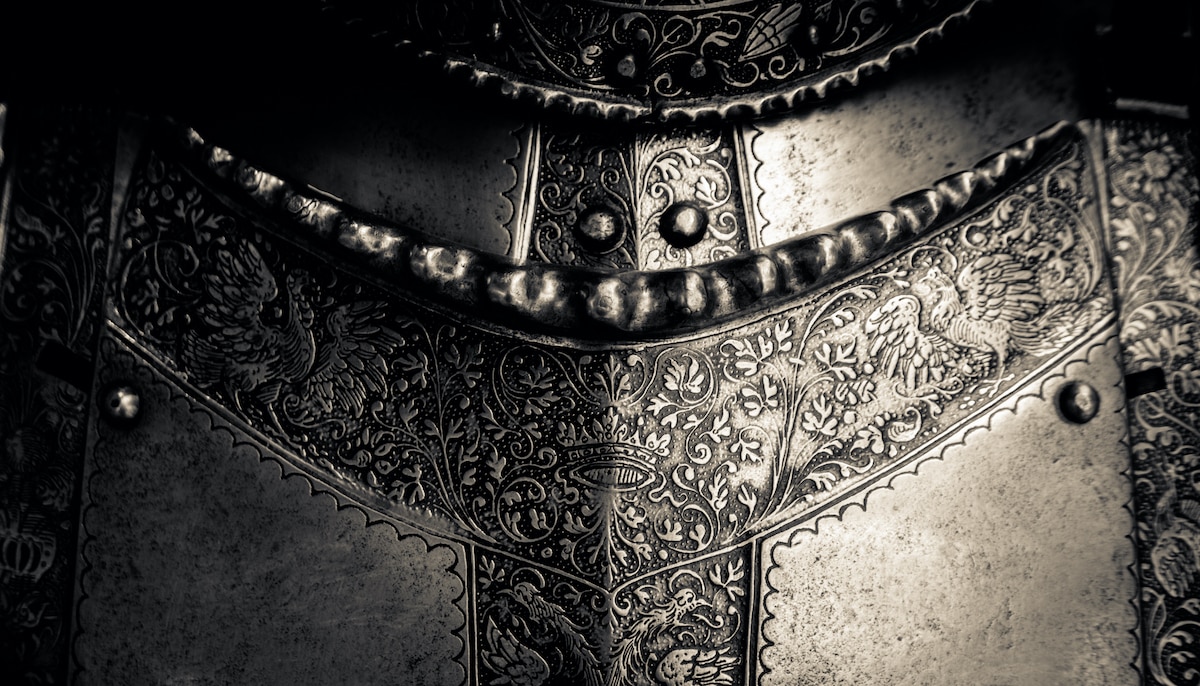 Torso Armor
Torso Armor Bracers and Arm Protection
Bracers and Arm Protection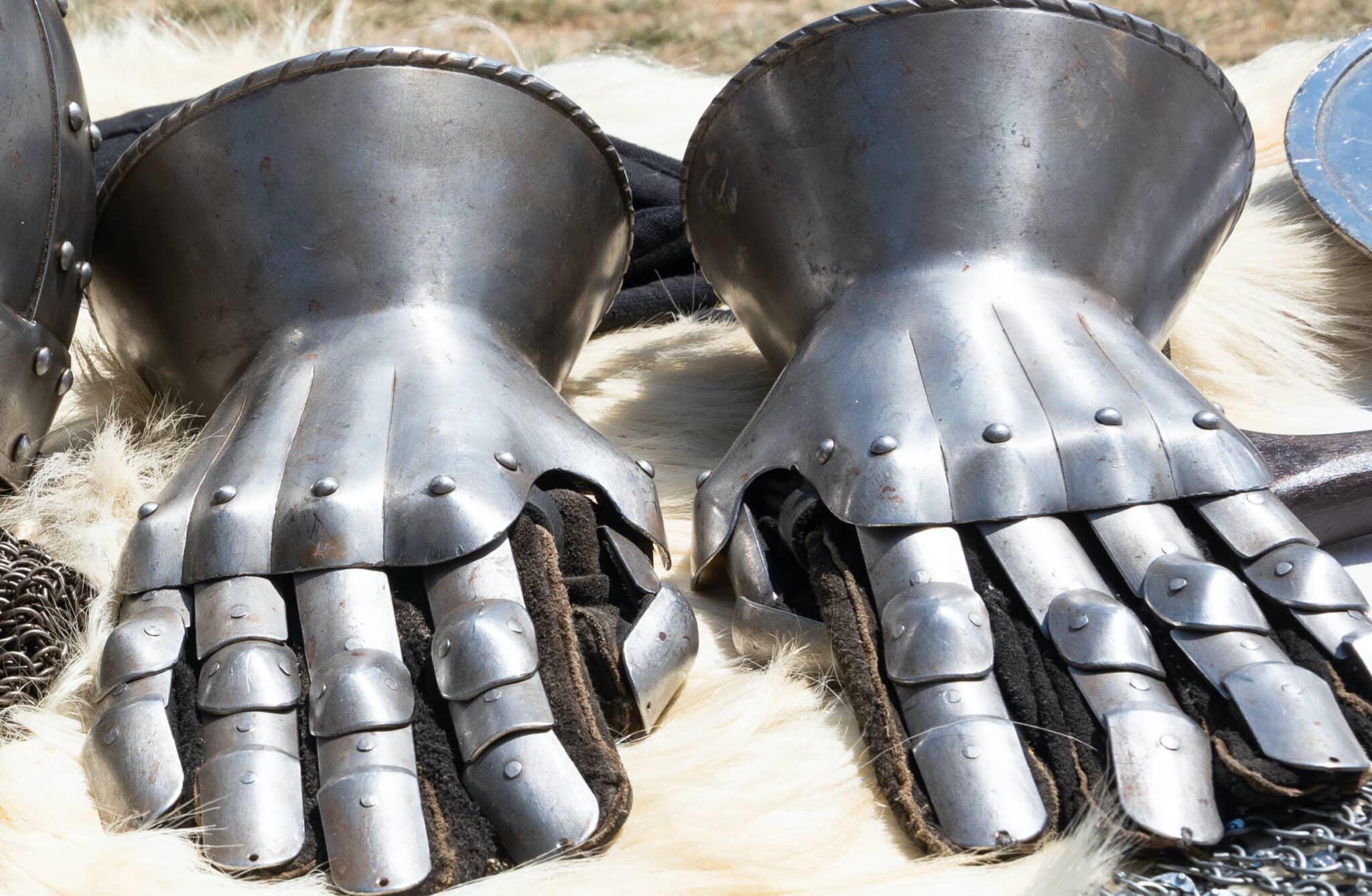 Gauntlets
Gauntlets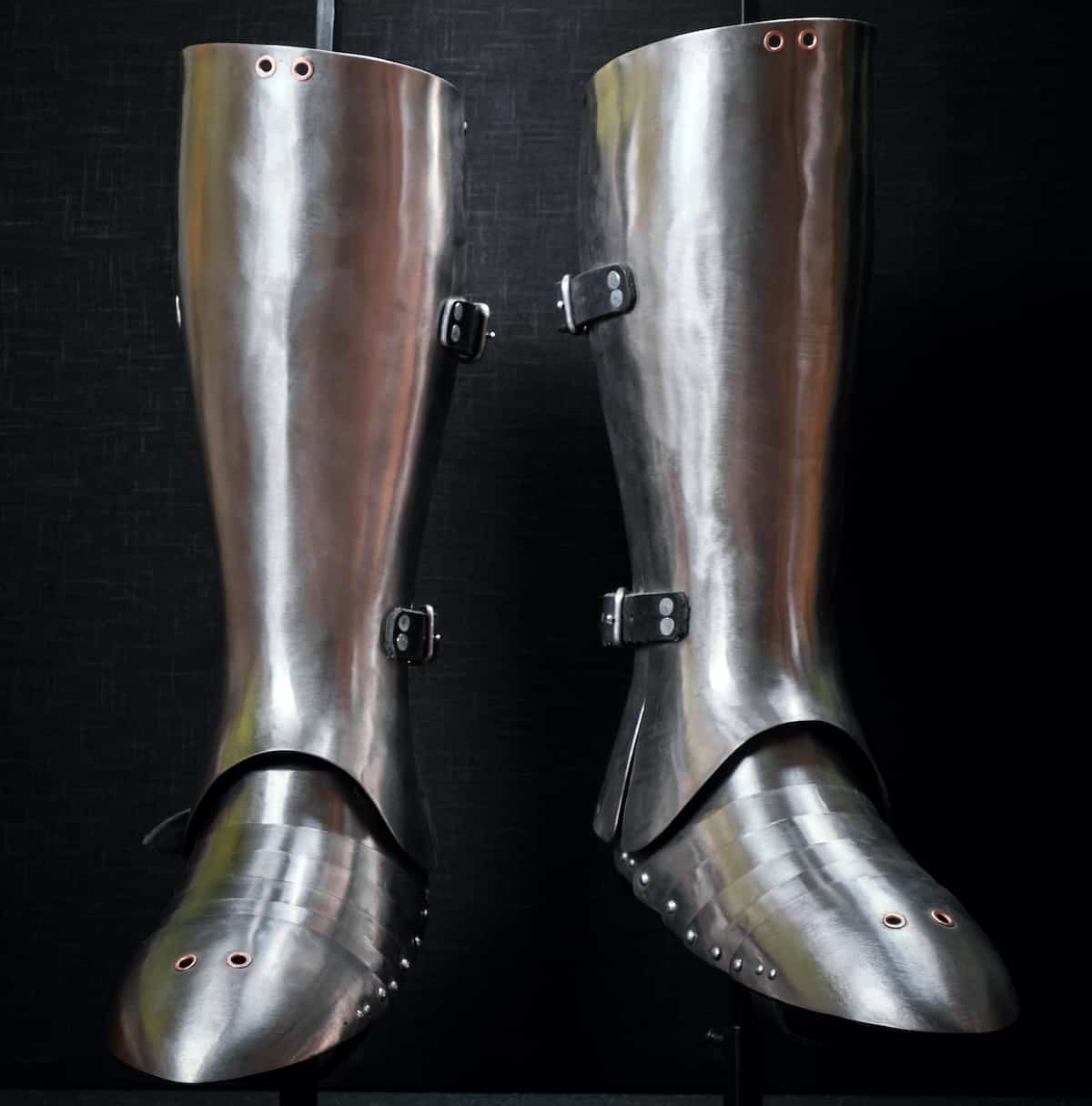 Leg Armor
Leg Armor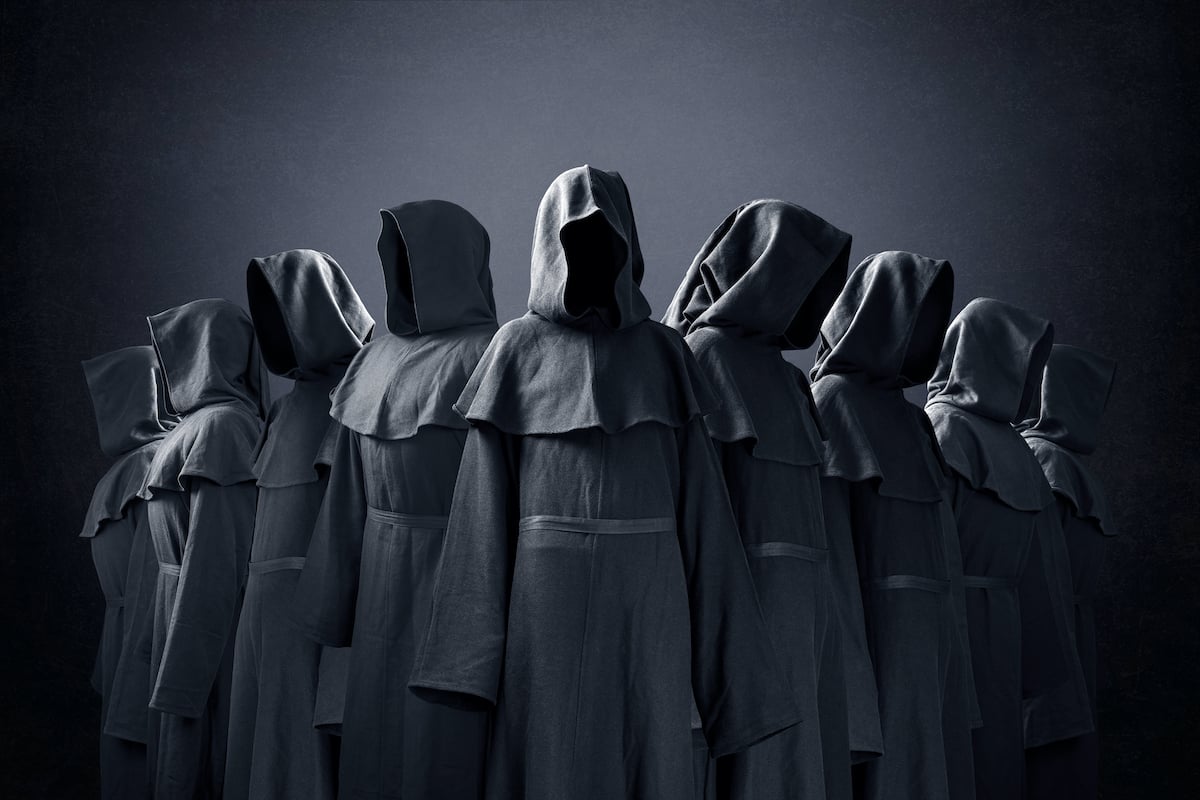 Cloaks
Cloaks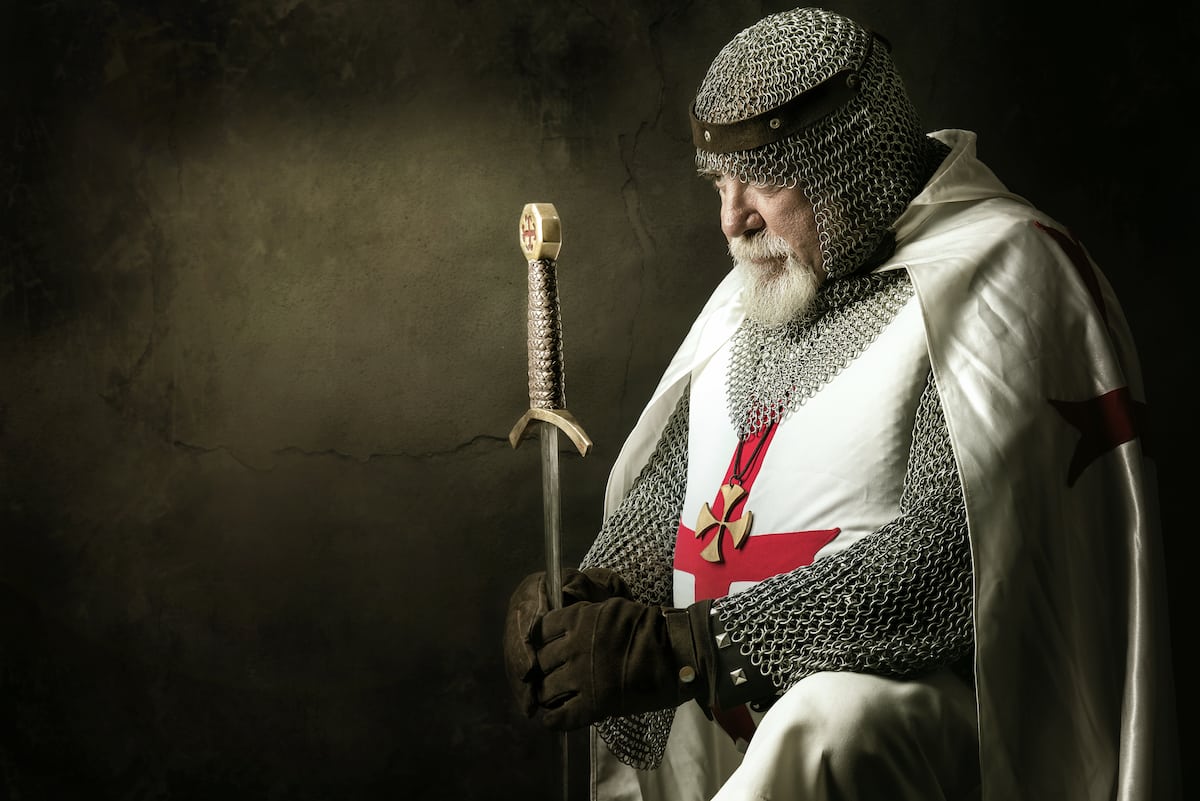 Tabards
Tabards Shirts
Shirts Tunics
Tunics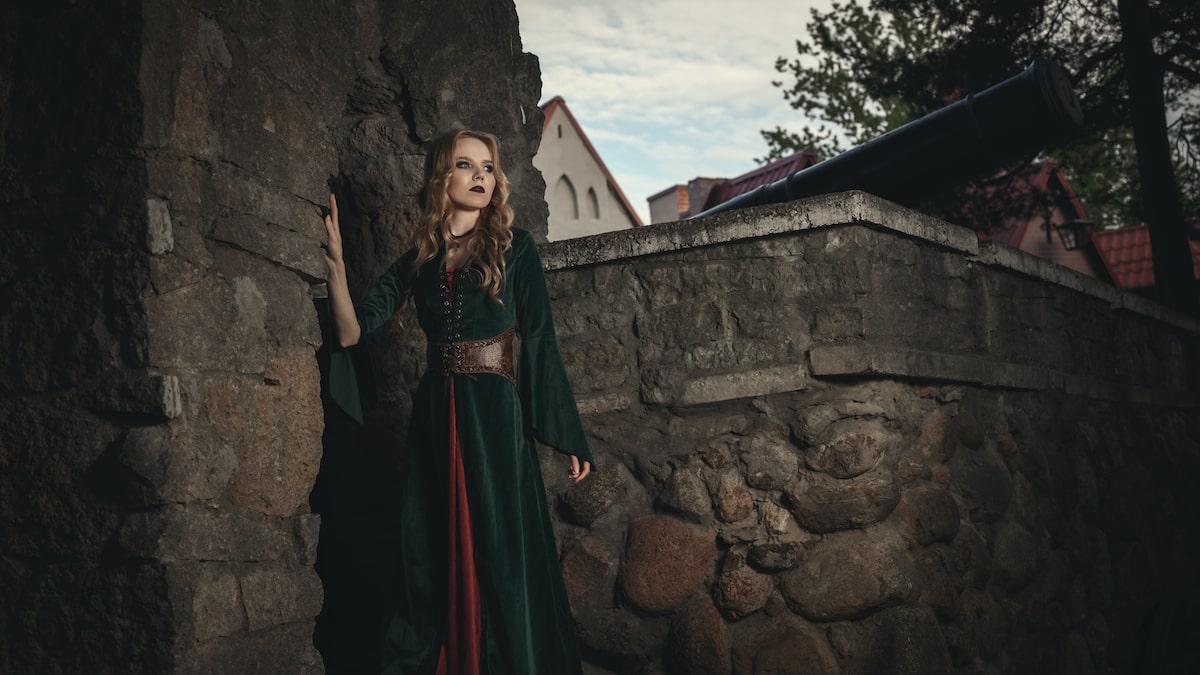 Dresses
Dresses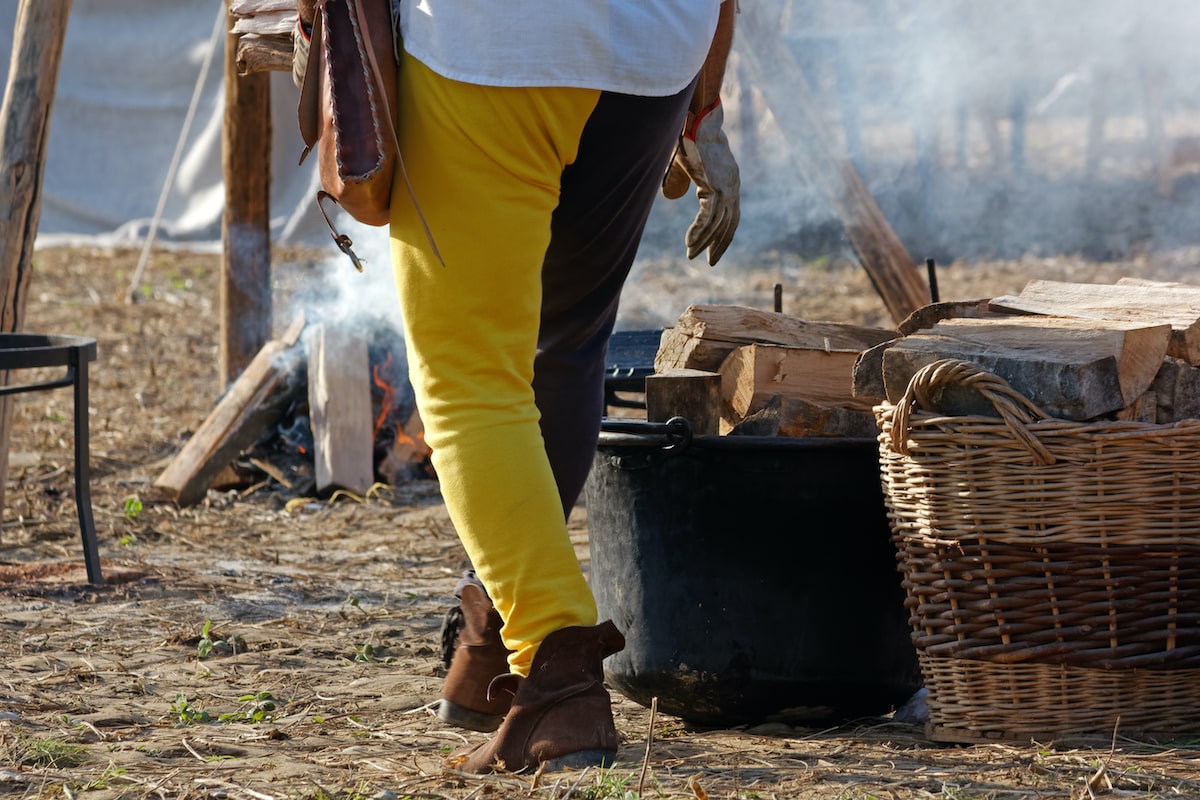 Pants
Pants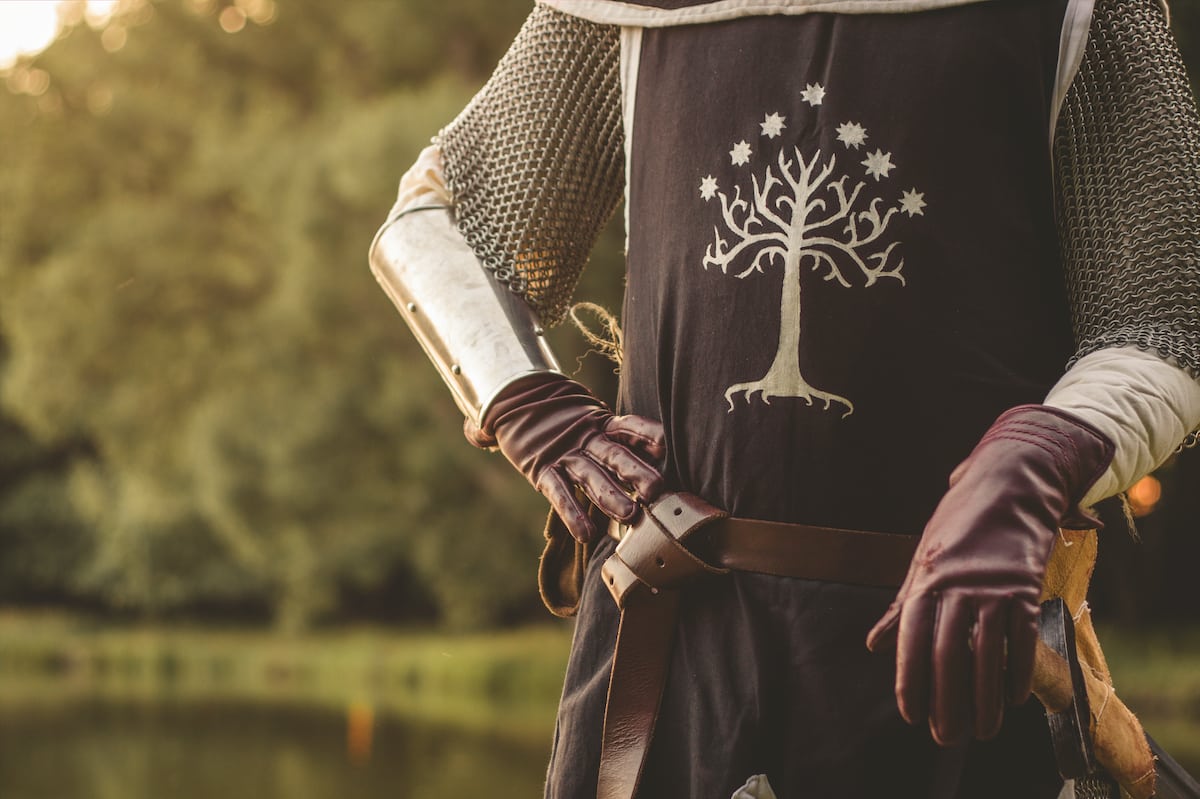 Gloves
Gloves Belts
Belts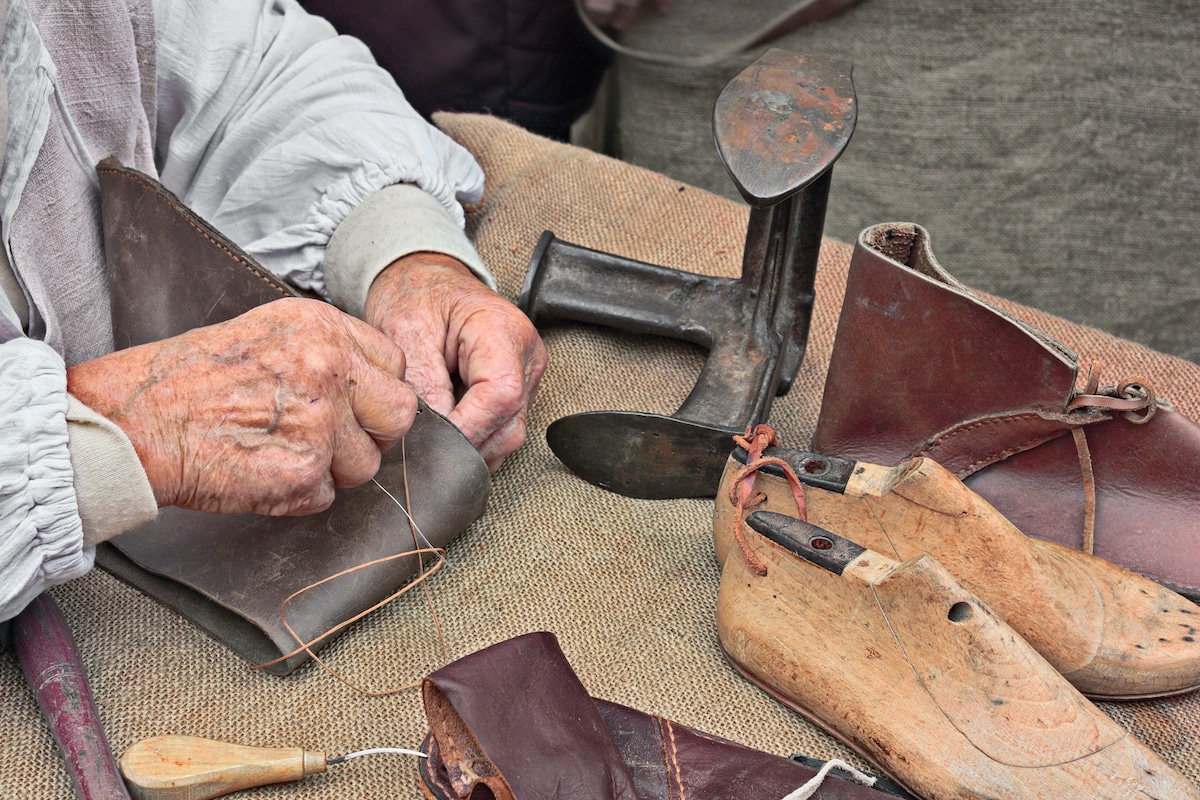 Shoes
Shoes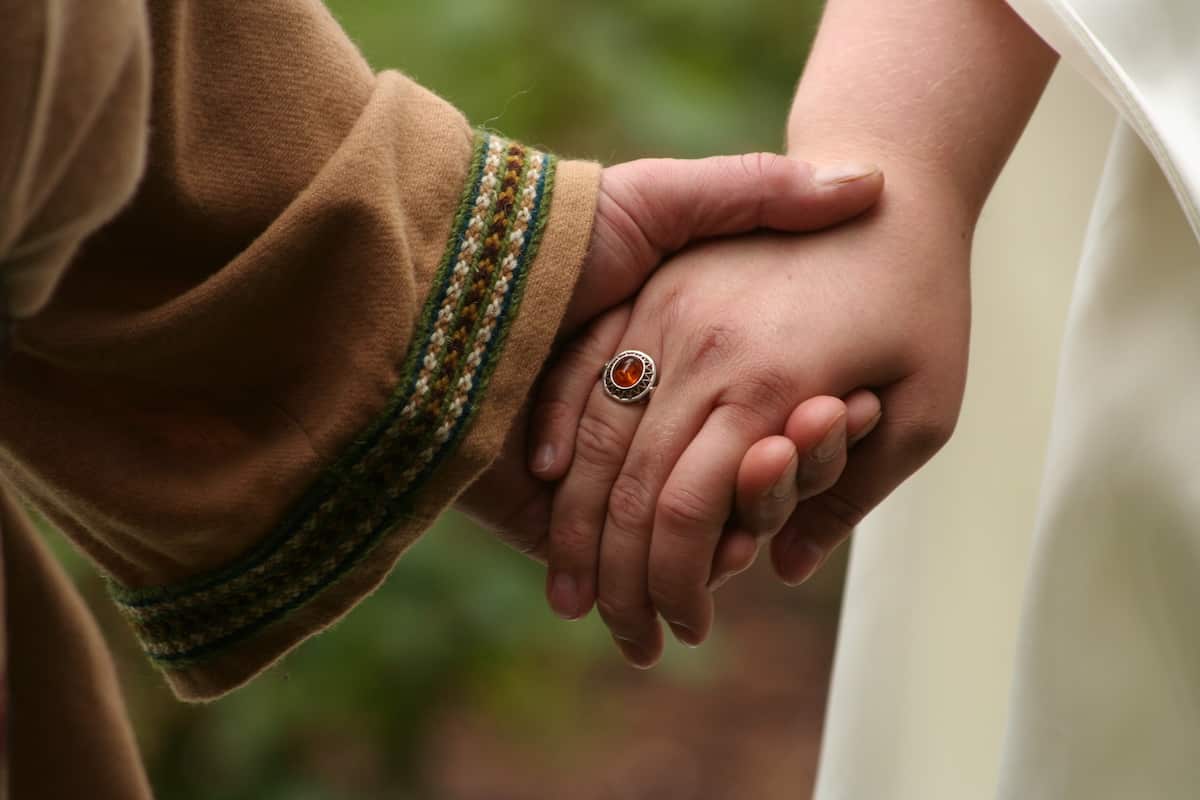 Rings
Rings Necklaces & Pendants
Necklaces & Pendants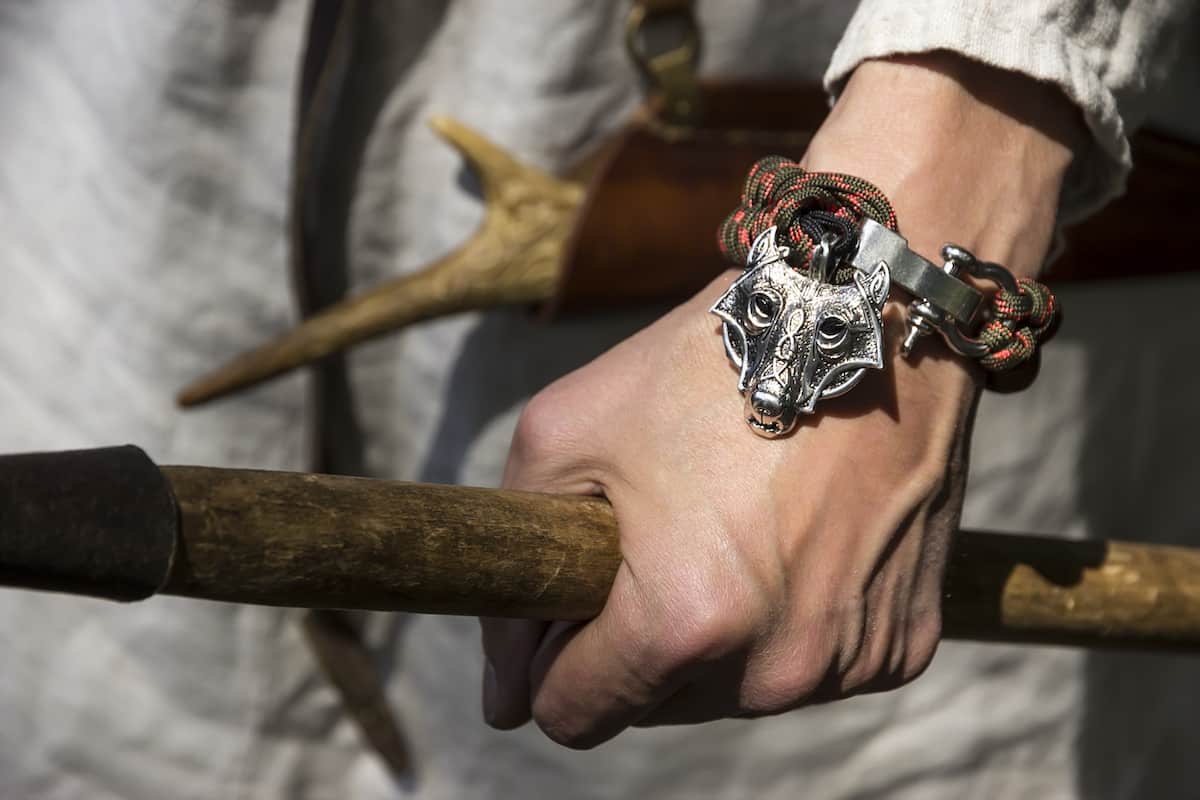 Bracelets
Bracelets


